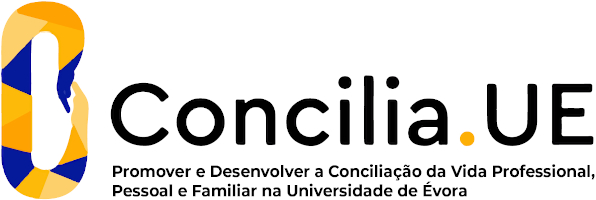2025
Earth and Atmospheric Physics
Name: Earth and Atmospheric Physics
Code: FIS10340M
6 ECTS
Duration: 15 weeks/156 hours
Scientific Area:
Physics
Teaching languages: Portuguese
Languages of tutoring support: Portuguese
Regime de Frequência: Presencial
Sustainable Development Goals
Learning Goals
- Know the physical properties, the dynamic and the structure of the Earth.
- Know and understand the physical principles related with: physics and mathematics, from the point of view of its relevance for the comprehension of the earth and atmospheric phenomena; atmospheric radiative transfer mechanisms; mechanisms determining the atmospheric circulation;
- Apply the previous understanding to: interpretation of earth and atmospheric phenomena from the theoretical point of view; resolution of practical problems.
- Competence to use information technologies, make bibliographic research and communicate ideas and scientific knowledge, oral or written, organized in a coherent and logical way on the subject of this curricular unit, in Portuguese or in a second language. Develop competences of independent work and time management.
- Promote group work.
- Know and understand the physical principles related with: physics and mathematics, from the point of view of its relevance for the comprehension of the earth and atmospheric phenomena; atmospheric radiative transfer mechanisms; mechanisms determining the atmospheric circulation;
- Apply the previous understanding to: interpretation of earth and atmospheric phenomena from the theoretical point of view; resolution of practical problems.
- Competence to use information technologies, make bibliographic research and communicate ideas and scientific knowledge, oral or written, organized in a coherent and logical way on the subject of this curricular unit, in Portuguese or in a second language. Develop competences of independent work and time management.
- Promote group work.
Contents
The Earth, planet of the solar system.
The shape of the Earth and the gravity field .
Introduction to Seismology.
Some comments about geophysical prospection.
Geomagnetism.
Introduction to paleomagnetism.
Introduction to the study of the heat flow from the Earth.
Composition and structure of the Earth's atmosphere.
Thermodynamics of the atmosphere: thermodynamic characteristics of dry and moist air. Thermodynamic processes in the atmosphere. Formation of dew, frost, fog and clouds. Statics of the atmosphere. The hydrostatic equation. Atmospheric stability. Clouds and precipitation.
Radiation: Earth radiation budget. Physical radiation laws of the blackbody. Radiation transmission in the atmosphere. Absorption. Emission and scattering. Radiative transfer equation. Greenhouse Effect. Aerosol effects. Radiative forcing.
Atmospheric dynamics: Fundamental forces in the atmosphere. Equations of fluid motion. The general
circulation of the atmosphere.
The shape of the Earth and the gravity field .
Introduction to Seismology.
Some comments about geophysical prospection.
Geomagnetism.
Introduction to paleomagnetism.
Introduction to the study of the heat flow from the Earth.
Composition and structure of the Earth's atmosphere.
Thermodynamics of the atmosphere: thermodynamic characteristics of dry and moist air. Thermodynamic processes in the atmosphere. Formation of dew, frost, fog and clouds. Statics of the atmosphere. The hydrostatic equation. Atmospheric stability. Clouds and precipitation.
Radiation: Earth radiation budget. Physical radiation laws of the blackbody. Radiation transmission in the atmosphere. Absorption. Emission and scattering. Radiative transfer equation. Greenhouse Effect. Aerosol effects. Radiative forcing.
Atmospheric dynamics: Fundamental forces in the atmosphere. Equations of fluid motion. The general
circulation of the atmosphere.
Teaching Methods
The teaching is based in theoretical, teoretical-practical lectures and tutorial orientation.
Explanatory lectures in the backboard and or recurring to informatics means, including the necessary mathematical formalism for the comprehension of the phenomena.
Theoretical-practical lectures to solve problems and use some diagrams common in earth and atmospheric sciences. Individual and group work on selected themes.
Explanatory lectures in the backboard and or recurring to informatics means, including the necessary mathematical formalism for the comprehension of the phenomena.
Theoretical-practical lectures to solve problems and use some diagrams common in earth and atmospheric sciences. Individual and group work on selected themes.
Assessment
Assessment made by exam in the Physics of the Atmosphere and in the Physics of the Earth section
Teaching Staff
- José Fernando Borges [responsible]
- Miguel Joaquim Fernandes Potes





















